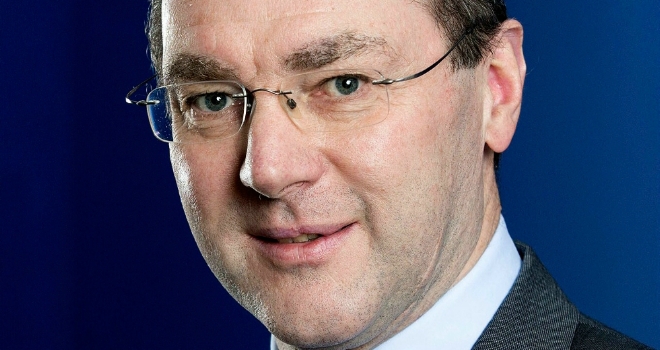
"The best deal on the sole tie sourcing system (for a £50k loan) was £33,244 costed over five years, compared to £30,340 with a low fee-charging master broker."
Part of the reason for doing this was to look at key areas for all stakeholders, notably rates and cost - how for instance this changes when you add in fees and charges. You get to the true picture via the APRC, plus of course the term requested and actual duration of second-charge mortgages completed. Interestingly we found that while the average term requested at the start of the second-charge mortgage was 10 years, the average duration of the loan itself was just 3.5 years, before redemption.
Now, this is interesting for a number of reasons, but mainly because of the distorting impact large, traditional master broker fees (those in the region of £5k) will have on a second-charge mortgage which only lasts 3.5 years. A traditional £4,995 ‘Packager Fee’ added to a £50,000 loan over 42 months, means the client effectively pays an extra £119 per month. Let’s put it another way, it’s the same as increasing the Annual Interest Rate on the mortgage by 2.85%.
But, returning to a quote over 10 years, it’s when you contrast APRC that the differences become most telling. For example, I ran a quote for a £50k second-charge mortgage over 10 years on the intermediary system of a well-known master broker who charges a ‘Packager Fee’ of £4,995 – this lifts the APRC to 6.3%. The same deal with a low fee-charging broker like ourselves, (with an application fee of £295, valuation fee of £350 and intermediary earnings of £750), has an APRC of only 4.7%. So same lender, same loan, same deal but the £4,995 master broker fee adds more than 1.5% to the APRC.
The broker charging this £4,995 packager fee on a £50k loan over 10 years, also has only 11 deals with an APRC below 10%, (and none below 5%), the lowest being 6.3%. Yet, for the same client, a low fee charger has 92 deals below 10% APRC, the lowest being 4.7%.
So, how do they justify this £4,995 packager fee to intermediaries? One argument that will come back, is that second-charges are notoriously difficult to package and underwrite, and there is some truth in this. But you can’t argue with probability statistics. In all probability, who’s going to generate the best client outcome? The master broker charging a £4,995 packager fee, who I might add has only 11 sub-10% deals to go at, or the one charging a fraction of this in fees, with 95 comparable deals for the same client?
An interesting side-issue to the impact of high fees on the APRC, comes with the role of sourcing systems in our sector. If you use a major sourcing system, the results you will see, will depend on which system you subscribe to. I have just logged into one major system and its APRCs start mid-4%s. It lists the products of half a dozen or so master brokers, with the lowest fee chargers taking the top positions – good old-fashioned competition driving down cost. Likewise, I’ve logged into a newer entrant to the sourcing market and it’s generated the same outcome – half a dozen brokers competing and APRCs mid 4%s.
However, go through to another very well-established sourcing system and you’ll see the second-charge products of just one master broker, and their lowest APRC for a £50k loan over 10 years is an eye-watering 6%, for the same deal. This just goes to show what happens to customer outcomes when sourcing systems pin their flag to the mast of only one distributor, and remove competitive forces.
Finally – what about the cost over five years? Which happens to be the ranking most sourcing systems use for comparison purposes. Well, the best deal on the sole tie sourcing system (for a £50k loan) was £33,244 costed over five years, compared to £30,340 with a low fee-charging master broker. That’s nearly £3k difference in the first five years.
And don’t be fooled by the spin around lender commission splits and broker fee splits, suggested by high fee-charging master brokers. You can earn just as much with a low fee-charging broker and still save your clients thousands of pounds. It just goes to prove that great service doesn’t need to cost a fortune. If there are operators like ourselves who can do it for £295 and deliver great service, why can’t others?





